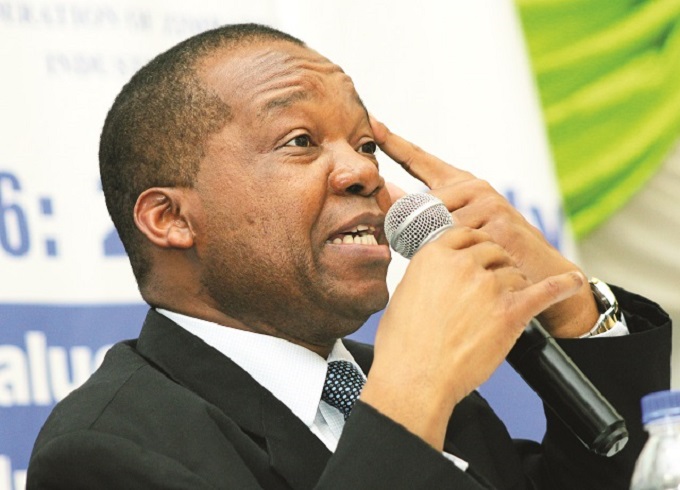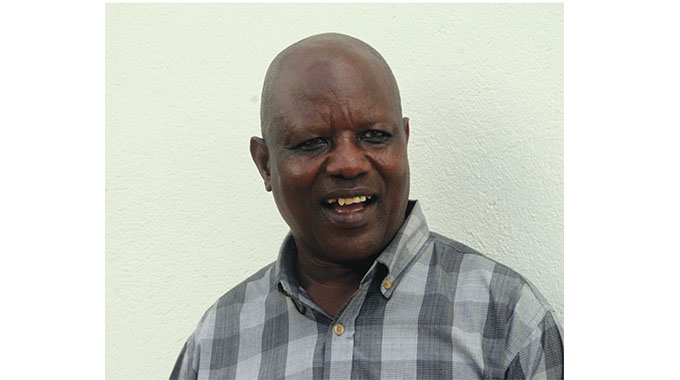Zimstat sets date for national census, conducts mapping exercise

Nqobile Tshili, Chronicle Reporter
THE Zimbabwe National Statistics Agency (Zimstat) will conduct the country’s next census in April next year and is targeting marginalised communities in the census mapping exercise to ensure that no citizen is left uncounted.
Through a $97 million budget, statistics will be captured electronically under what is known as the Computer-Assisted Personal Interviewing (CAPI) technique, as opposed to what was done in the previous census.
There will be 51 000 enumerators each with a tablet to capture information digitally while about 300 motorcycles will be procured for data collection in remote areas. Results will inform policymakers on how to make future projections for the country.
It also guides the structure of the national budget, among other important things, as it provides the number of people that available resources have to cover.
Zimstat is in the process of conducting a field mapping exercise that will inform how the census will be done.
The mapping exercise will be completed in January next year, three months before the census commences from April 21 to April 30.
A Zimstat team on Sunday took journalists to the San community in Mpilo Village, under Chief Siphoso in Tsholotsho District, Matabeleland North, to appreciate how the CAPI mapping exercise is conducted.
Journalists observed a Zimstat officer (enumerator) capture details of the number of people living in a home, who its head is, their sex and also the number of females and males staying at the home and also a cellphone number.
The officer also captured data on the source of livelihood for the family.
The San community was targeted because of their unique lifestyle as they have not totally abandoned their nomadic way of life despite having homes.
The ZimStat team incorporated village head Mr Mthandazo Vundla, who led them to areas where the San are found.
Without the involvement of their community leaders, the San community is inaccessible and may even shy away from engaging outsiders.
Hence, Mr Vundla, led the ZimStat team as they visited certain households and followed others who had gone to temporary camps to harvest grass while men were herding cattle.
Zimstat teams explained that it was necessary to visit the San community in areas where they are located so that they are not excluded when the census is conducted. While their households are easily accessible, as they are closer to the roads, members of the San community are said to spend long periods at their camps which can lead to them being skipped during a census.
In an interview after the media tour, ZimStat director-general Mr Taguma Mahonde said they had deliberately visited the San community due to their unique lifestyles.
“Here we have a special case, the San, they are nomadic and such areas need to be treated as special case areas to ensure no one is left behind and everyone is enumerated,” said Mr Mahonde.
He said the mapping exercise, is a precursor of the census programme and is a systematic way of ensuring that no over-counting and under-counting is done. Mr Mahonde said $97 million has been budgeted for the census programme and $10 million has already been allocated as they are in the initial stages of the programme.

Zimstats enumerator Ms Sithokozile Moyo educates villagers Cebile Moyo and Nomsa Ncube from the San community about the census at their makeshift homestead (emlageni) where they spend most of their time harvesting grass and herding cattle.
“The census will involve a lot of procurement, so far we are in the region of $10 million. However, we have signed contracts for the procurement of information technologies (IT) infrastructure and tablets that will be used for the enumeration process. We are looking at about 51 000 tablets, as we are anticipating that we will be having 51 000 enumerators. Each enumerator would have a tablet, the IT infrastructure, the servers and so on. After the enumerator is done, they will need to sync the data to our servers and to make that system work requires an initial substantial capital injection,” he said.
“But Government is committed and we are moving. We don’t have many challenges, we are moving, since the dates of the census have been announced, we are getting along. No major challenges.”
Mr Mahonde said his department was also working towards buying 300 motorcycles for enumerators to make it convenient for them in the data capturing process.
“We are working tirelessly to ensure that we provide transport for our enumerators. We need to acquire about 300 motorcycles for our enumerators. They face challenges when they conduct their work in sparse areas like this one, or your farming areas like A2 farms where you have one settlement six kilometres from another settlement. So, the issue of transport for our enumerators in the form of motorcycles is high on the agenda,” said Mr Mahonde.
He said the census is important for planning purposes.
“A census is important so that policy makers know how many people are in the country and then they can start to make projections. If systems are on, Government will always need to know how many schools to provide and when. How many clinics to provide and when.
This is social service delivery. So, if we have our census, Government will know what the demographics will be like and planning can be done accordingly,” he said.
“I’ve just talked of social service delivery but many other developmental aspects depend on numbers that we give per ward, district or province.” — @nqotshili.












Comments